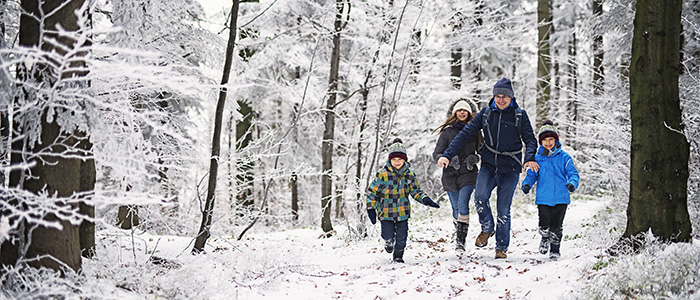It's down to the weather
Winter brings with it changes in humidity and temperature. As the temperature drops, so does the humidity (the amount of moisture in the air) and that can result in dry skin.
The outer layer of the skin is called the epidermis; it’s made up of lipids and dying or dead skin cells. It acts as a barrier to the deeper layers of skin.
Moisture is essential for this skin barrier to perform well. During the winter months there is less moisture in the skin, as well as fewer lipids in the epidermis.1,2 Central heating makes the air even drier, and the skin has to manage greater extremes of temperature as people from indoors to outdoors. These changes can contribute to dryness and irritation, especially in people with pre-existing skin conditions like eczema.3
Dryness that results from damage to the skin barrier during the winter can lead to:
- Flaking
- Rough patches
- Cracks in the epidermis
- Redness
- Itching and stinging.
People may experience several of these symptoms.4
Remember that the level of moisture in the skin varies with age, gender and ethnicity, as well as environmental factors.

